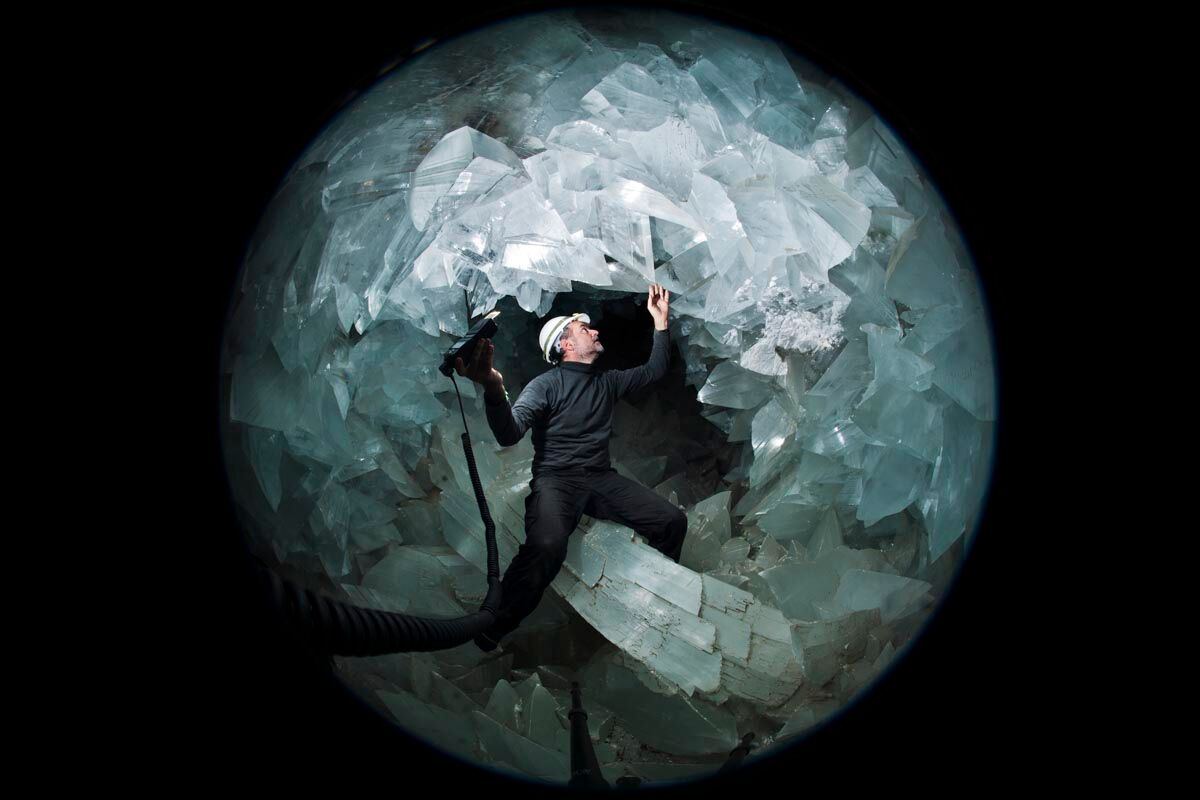When you purchase through links on our site , we may clear an affiliate committal . Here ’s how it work on .
Humans are living through a spectacular transformation of the satellite ’s Earth’s surface due to climate alteration , with the most obvious star sign being therapid decline in Arctic ocean ice . And now , mental imagery has revealed perhaps a new chapter in that decline : The Bering Sea , whichunder normal circumstancesshould stay frozen - over until May , is almost wholly free of sea ice in early April .
Part of what attain this upshot so arresting , as the National Oceanic and Atmospheric Administration ( NOAA ) pointed outin a statement , is that the Arctic ocean ice should be reaching its annual maximum right now . The summer step-down in sea ice commonly only begins around now . And that process has , throughout recorded account , leave the region between Russia and Alaska freeze at this fourth dimension of class . But 2019 already has the down Arctic sea trash extent on phonograph record ( gravel 2018 , which was also a record - breaker ) . And that ’s manifest in an unseasonably liquid sea off Alaska ’s northwesterly glide .

An image on the left shows the iced-over Bering Sea this time of year in 2014. On the right is the Bering Sea melted as of Sunday, March 31.
The dramatic ice - melting in the Arctic won’tdrive up sea levelsdirectly . That ice wasalready float in the ocean , so it already counted toward the sea ’s total volume . But the thaw will have tangible effects both on the major planet ’s climate and on the people and economy that rely on the Arctic area . [ In Photos : Devastating Wildfires in California ]
As hot Science haspreviously describe , control surface Methedrine acts as a form of clime governor . The surface of ice is burnished white , so it chew over sun back into space . When the satellite has lots of ice on its aerofoil , less of the sun ’s energy stays on Earth , and the satellite warms more lento .
But open urine is darker and absorbs more sunshine , turning it into heat . So , while sea ice departure is because of climate variety , it also make climate change to accelerate up .

A more immediate wallop : The red of ice covering fire on the Bering Sea entail the water there will be warmer this year , according to NOAA .
" This low chicken feed extent has had a substantial economical wallop on the coastal community that rely on the glass for crab , fishing and even walrus hunt , " NOAA tell in its statement .
commercial-grade piscary are also potential to be affected for years , the office say .

At this point , the decline in Arctic sea chicken feed islikely to continue for a long time . But the question of how far that decline will go is wrapped up in question of how much carbon and other nursery gases mankind continue to pump into the atmosphere — behaviors that run to planet warming and internal-combustion engine melt . The sea ice loss we ’re see now is happening in the setting of a world warmed by 1 degree Celsius ( 1.8 degree Fahrenheit ) above pre - industrial level . A earth warmed by 1.5 point blow ( 2.7 level F ) would necessitate even more - extreme and life - threatening change , grant to theInternational Panel on Climate Change ( IPCC ) . And a world warmed 2 degrees C ( 3.6 degrees F ) would lookdramatically differenteven from that – with longer heatwaves , less food available , and more region of the planet becoming unsafe to inhabit . A world warmed by 3 degrees C ( 5.4 degrees F ) , would beeven more dramatically dissimilar . And so on .
The question of whether that materialize has less to do at this breaker point withnatural forcesthan corporate human decisions .
primitively publish onLive Science .
















